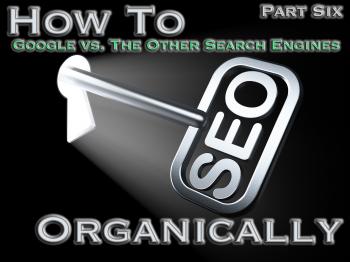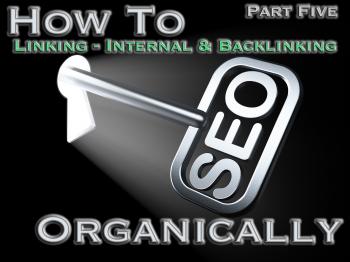Users Who Spiked

HOW TO CREATE SEO ORGANICALLY - PART FOUR = SITEMAPS AND SUBMITTING TO BING & GOOGLE
Private Notes
Private Notes
Notes
If you were to practice what I talked about in the previous three parts of this series on SEO, you will be well on your way to creating webpages that are relevant and read by the search engines.
Being read by the search engines is the reason behind SEO and one of the other very important SEO factors to always use is:
SEO Factor #4 - Sitemaps & Properly Submitting Them To Bing and Google
This is yet another important factor that many people making websites pass over like it is just some gobbledygook.
The sitemaps tell the search engines that there is a website that needs to be indexed and crawled, where that website is to be found, what webpages to look at and the titles to the webpages. Once the XML sitemaps are made they are then correctly submitted to both Bing and Google.
Usually, after I get the main webpage of the website created I will make a custom XML sitemap and set up Google's Search Console and Bing's Webmaster Tools. I will submit the sitemap to both. I usually do this before the website is complete so that I get a head start on things. Then each day when I am done working on that site for the day, I create a new sitemap and submit it to both Bing and Google. This does not create a problem and it actually helps the situation. First, it will take a few days, or longer before the search engines will actually index and crawl it. Secondly, search engines like to see that a website is active, that there are changes being made, so by submitting a sitemap early on in the creation of the website and re-submitting a new sitemap daily as you work on it is a good practice. Also, when I start a Google Search Console, first I go to Google Analytics and set that up so that it will be seen by Google when they look at the sitemap.
If you set up Google Analytics first, you will have to put a script into the head of your website. Once you have that done, then it is ready to be set up with the Google Search Console, with the Analytics script being the key to start the Search Console account.
Submitting these sitemaps is the quickest means to let the search engines know you have a new website on the web and you want it indexed and crawled as soon as possible because only then the opportunity of getting ranked will happen. It is also good practice to make a new sitemap after each time you change the content of a webpage and submit it to Bing and Google.
If you are making webpages all the time, it might be a good idea to have some kind of sitemap software on your computer, though there are free, online XML sitemap services. Of those, I recommend using PRO-Sitemaps at https://pro-sitemaps.com and getting their free service. They have been around for as long as I first started to use sitemaps and this is a new domain and website for them.
Once you have a fully functioning multi-page website with many images, embedded videos and lots of good content, then you might consider using the paid service of PRO-Sitemaps. It will submit daily content, image and video sitemaps to Bing and Google automatically!
I use a MacBook Pro and the sitemap software that I now use is called Scrutiny by Peacock Media. It was very lucky for me that I bought this software on a whim because it was priced so inexpensively on one of the Mac BundleHunts. It retails for $115.00 normally and I got it for only $3.00 as part of a software bundle!
https://peacockmedia.software/mac/scrutiny/index.html
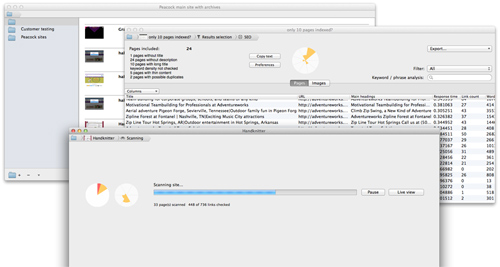
It was a couple of months after I bought Scrutiny before I bothered to try it as I was using another sitemapping tool for years and you know how changing the way you do things can take a while.
Last summer (2018) things changed for everyone involved in websites as that is when SSL was more or less required for all websites to be deemed safe and valid by the web browsers. When this was first implemented everyone was scrambling for a fix. Before this happened to obtain an SSL usually meant paying around $70 per year for it and it was a bit of a hassle to deal with. Now late into 2019, you will still find websites that have not updated their SSL situation and the website shows up on web browsers as a not secure or unsafe site.
With this new web browser standard, something had to change for the consumer or this would be an expensive situation for everyone. So a new type of free SSL was devised and many hosting services now offer it to their customers. The trick now is configuring the .htaccess file to read correctly.
When you now create a new domain within the servers of Hostgator, they automatically dump into the new account your .well-known folder and the .htaccess file. What you have to do next is to open the .htaccess file and change the script to something that will work.
You will find the .htaccess file on the root of your server, where your index page is located. Be aware that this is an invisible file, so you have to be using an app that will see this.

Here's something that I did not need to mention before now. I do not do "code". I do not write code and I do not read code for the most part and this includes HTML, CSS, and JavaScript. Nor do I need to! That is what my software is for. I tell the software what I want and it then writes the code. Organic SEO has nothing to do with coding when you think about it.
So once this new SSL situation happened last year I had to add the correct script to nearly two hundred websites all with new .htaccess files with no script! It took researching the web for the answer and I ended up using a couple of different scripts before I found the one that now works all the time for me.
That is when I learned that there was much more to this new SSL thing than just changing the script. It was not too long after that the web browsers would give the viewers of a webpage a warning page rather than taking the viewer to the webpage they thought they were going to.
The problem could be as minor as the website listing one URL as http rather than https! OMG! Are you kidding me!?!!? This meant going through every webpage of every website finding all the improper links and correcting them.
However, merely just changing the http to https on your side would not always fix things because the SSL and https had to also be implemented on the webpage you're linking too! This all added to the confusion of making what was a correct website for the web browsers correct again.
And this is where the Scrutiny software came in ever so handy. One of its features is that when it scans a website, it will find and list all of the bad links. It will not only list them, but it will also show you where the link is located and what might be wrong with it! In the last year, this has been one of my most used and important web tools!
I was without a doubt very lucky to get this amazing web tool for the price that I did, but if you're in the SEO and web business this is a most important tool that I recommend even at full retail. It is Mac only.
It will make several different versions of custom sitemaps, which will also list your images and videos and so this my sitemap tool of choice now.
This brings up another thing about sitemaps. If you are not building a static website and therefore creating a dynamic one, most likely that platform provides sitemap submittals of some sort. This leaves some things to ponder, like is the sitemap that is automatically made by that system as good as a custom sitemap that you can set to your desires? If these sitemaps are being submitted supposedly to Google and hopefully Bing and you have not set up your own Google Search Console and Bing Webmaster Tools, then where are the sitemaps going to? To who's account? It wouldn't be yours because you cannot access it.

Part of the beauty of being a true webmaster is being able to have all these tools, systems and the like at your control. You want to have control over your website's Search Console and Webmaster Tools! As well as your Google Analytics account. Compared to most of the cheap and "easy" dynamic website builders, you are able to have much more control over these situations.
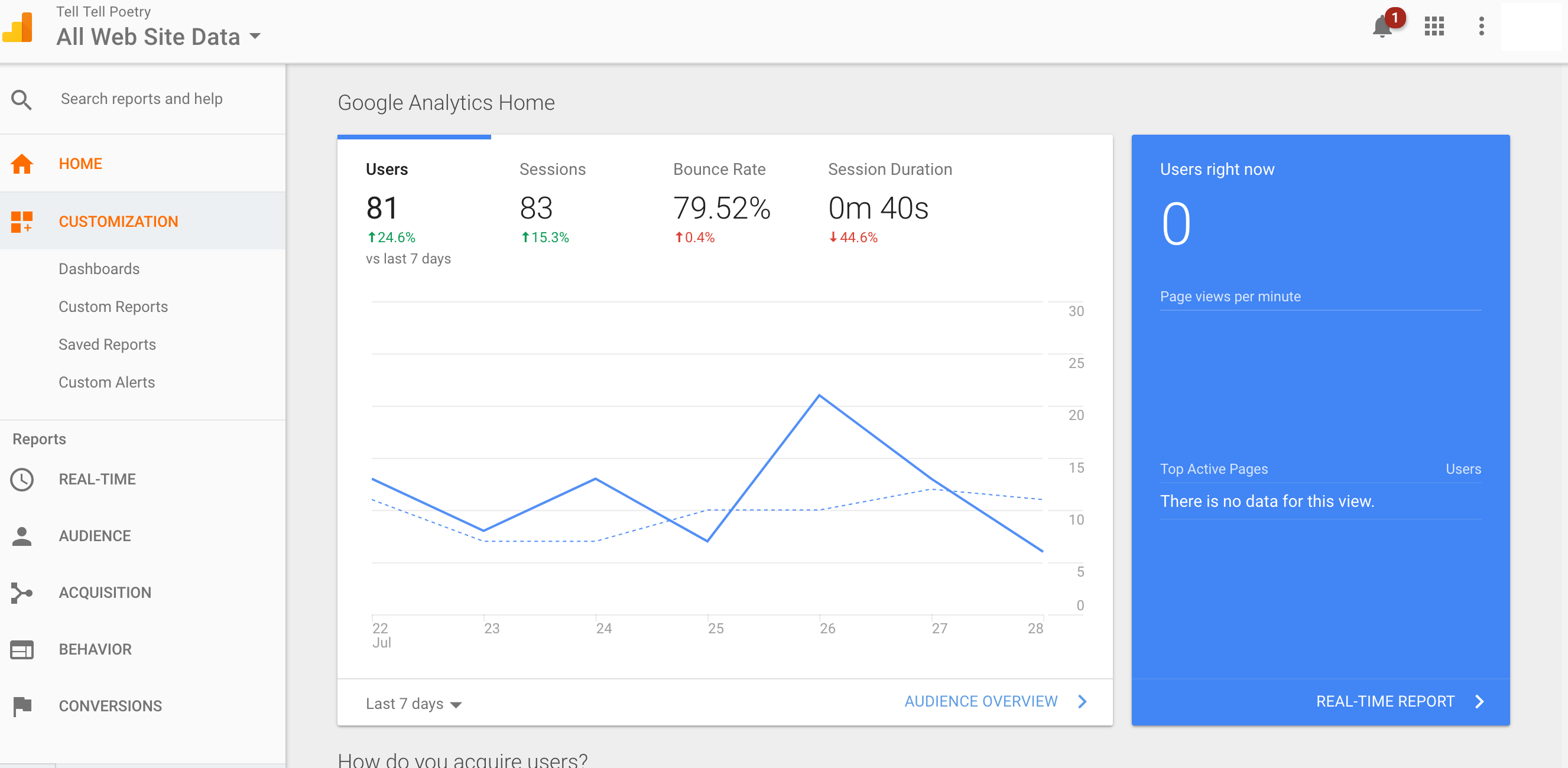
Some of these dynamic website builders do not allow you access to the root of the server where your index page sits! This can keep you from being able to submit your custom sitemap. Also, for some of those dynamic website builders, you do not have access to the head of the website so that you can enter your custom scripts, like for Bing and Google, adding in your meta scripting schema information and the like.
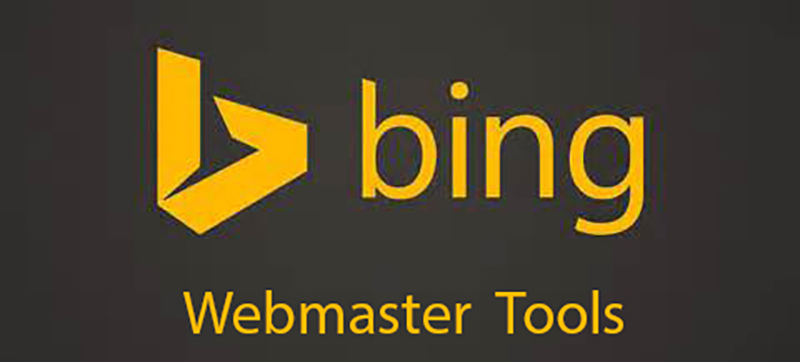
If you are just beginning to learn about making websites and how to create the most powerful SEO that you can, you might want to think hard about learning how to make static websites which are much easier to implement SEO factors, some of which you really cannot pull off with a lot of the dynamic sites.
So for review:
Sitemaps are essential to get started off on the right track to having a website indexed and crawled as quickly as possible. It is not one of the last things that you want to do when building your website.
My theory for new websites and sitemaps is to not wait until you have the website completed before submitting the first sitemap to Bing and Google! Once you have the main or home page made, go ahead make a sitemap and submit it. Then keep submitting a new sitemap each day to add more to the website or make any changes.
This will start the indexing process earlier and also tell the search engines that the website is active and changing. There is no penalty for submitting sitemaps "early" as long as you keep submitting as you make the changes.
We will explore more in the following parts to this "How to SEO Organically" series.
You can find How To Create SEO Organically Part One here: https://www.writespike.com/story/EYTJ4GMt5SYP/how-to-create-seo-organically-part-one
You can find How To Create SEO Organically Part Two here: https://www.writespike.com/story/99ui00zFw0NS/how-to-create-seo-organically-part-two
You can find How To Create SEO Organically Part Three here: https://www.writespike.com/story/IiosLw5XjgZT/how-to-create-seo-organically-part-four-sitemaps-and-submitting-to-bing-google
You can find How To Create SEO Organically Part Five here: https://www.writespike.com/story/QQJCrnZl8JUD/how-to-create-seo-organically-part-five-linking-internally-and-backlinking
You can find How To Create SEO Organically Part Six here: https://www.writespike.com/story/nMfgQ0rPr7Cq/how-to-create-seo-organically-part-six-google-vs-the-other-search-engines
You can find How To Create SEO Organically Part Seven here: https://www.writespike.com/story/FVSDj8vhjAoH/how-to-create-seo-organically-part-seven-what-you-cannot-see-can-hurt-you-or-gimme-more-head
As a reference and as just a simple example of backlinking, you can also find all my "How To Create SEO Organically" articles listed here: https://how-to-create-seo-organically.com/
Should you need SEO advice and analysis and/or a static website loaded with all my SEO factors please leave me a message here. I also can be found at https://www.upwork.com/fl/rgator





















